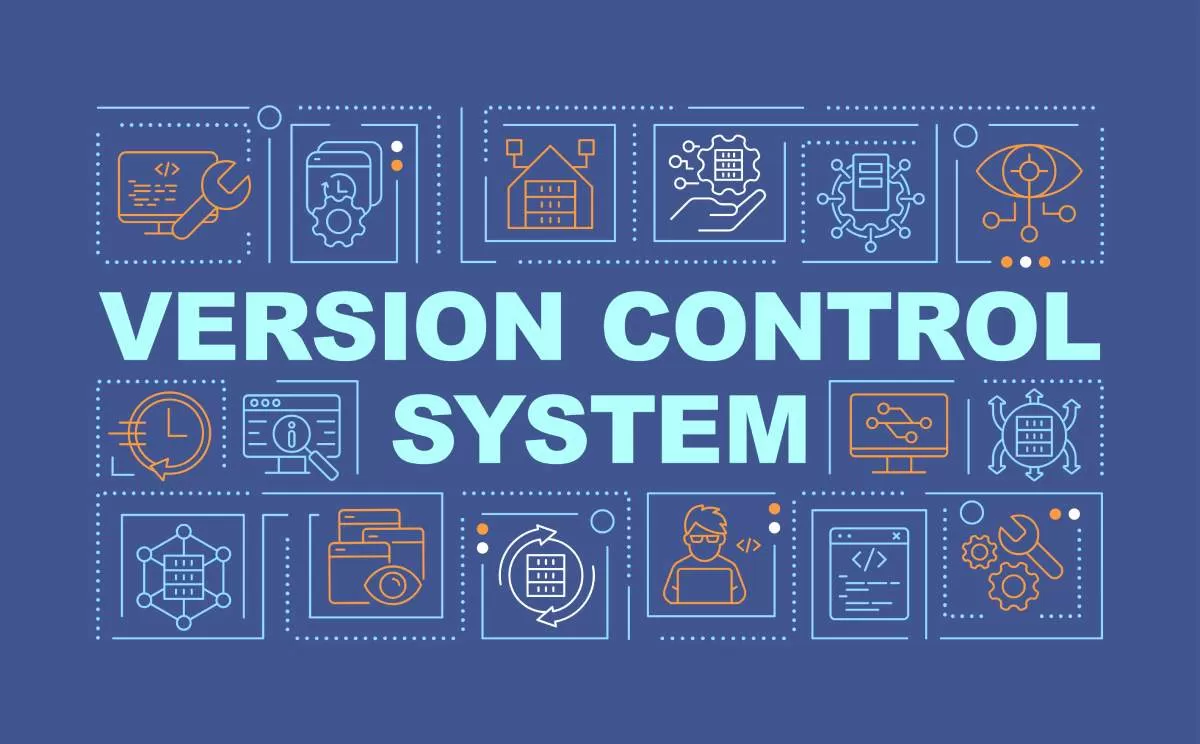How Centralized Version Control System(CVCS) Bring Changes.
 RAKESH DUTTA
RAKESH DUTTA
A centralized version control system (CVCS) is like a manager of change in software development. It keeps all versions and updates of code stored on a single server. When we want to work on a file we just pick it up from this central server & make our changes then upload it again. This way it keeps a record & Informs us about who, what, when, why changes have been made which making it easier for everyone to collaborate on a project.
CVCS keeps all versions of code on one server. Users can take files from this server and work on them offline and then sync the changes while they are online. It focuses on centrally managing files, tracking changes and creating backups.
Problems before CVCS
Suppose a Developer creates a software and hires more people to improve it. Each people works on their own copy of the original code. When someone finishes a new feature & they send their changes back to Developer. However integrating these changes into major software versions (such as version 2, version 3, etc.) is done manually.
This manual process makes collaboration slow, old versions are hard to find, and storing multiple versions takes up a lot of space.
Manual versioning : Software changes are managed manually by replacing old code with new versions.
Team Collaboration : Sharing and integrating changes between developers is slow and complex.
Access to previous versions : It is difficult to access older versions of the software for reference or rollback.
Storage Space : Managing multiple versions consumes a lot of storage space as full copies are saved with each change.
Advantages of CVCS
It automatically tracks software changes & ensuring the latest version clear. It simplifies collaboration between developers by facilitating update sharing and integration. Rollback(going to back to the previous version) is easy. Helping with troubleshooting and version comparison CVCS optimizes storage space by storing only latest changed parts of code across versions reducing redundancy and conserving disk space.
Automatic versioning : Software changes are tracked automatically so we should always know which version is the latest.
Simple Team Collaboration : Developers can easily share and integrate their changes which making teamwork smoother.
Access to Previous Versions : It's straightforward to go back and access older versions of the software when needed.(RollBack to the previous version)
Efficient Storage : Only the modified parts of the code are stored with each version, which saves storage space.
Subscribe to my newsletter
Read articles from RAKESH DUTTA directly inside your inbox. Subscribe to the newsletter, and don't miss out.
Written by
